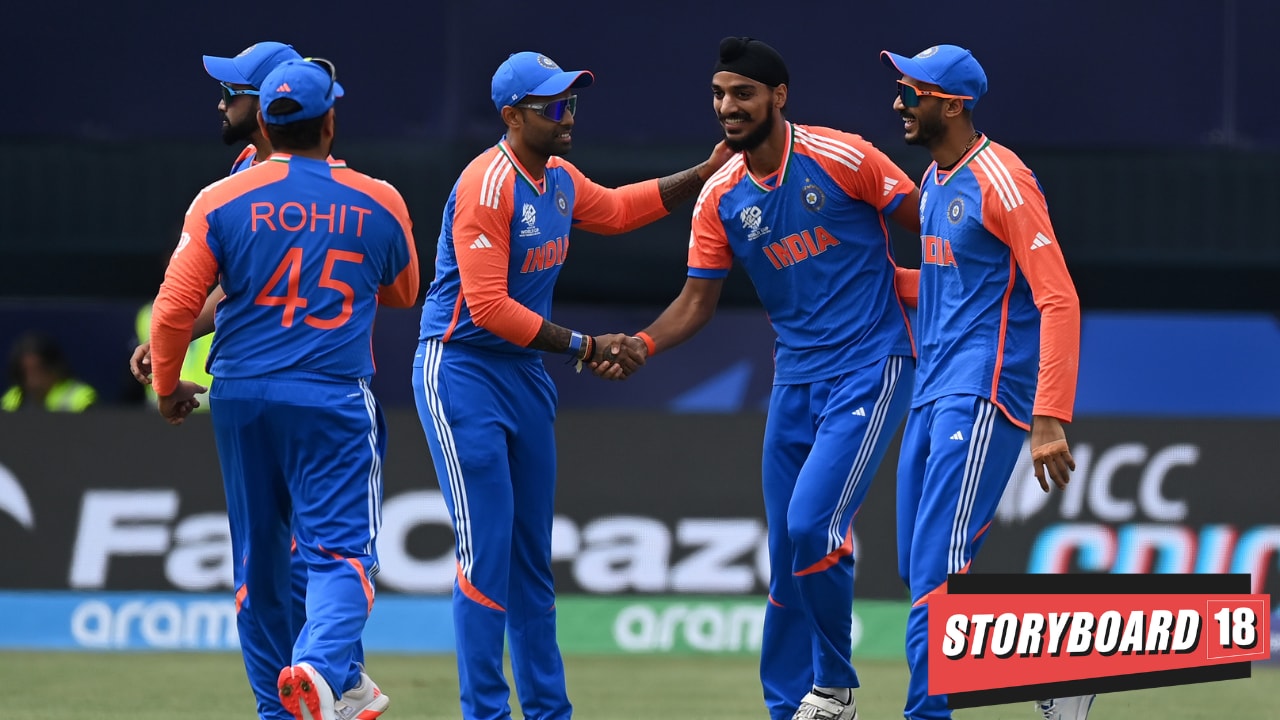A survey by iCubesWire highlights the viewing habits, platform preferences, and advertisement influences among fans of the T20 Cricket World Cup.
An overwhelming 85 percent of respondents are aware of influencers promoting the T20 World Cup, with a significant 81 percent influenced by T20 World Cup advertisements to purchase products or services, reflecting the potent impact of targeted marketing.
“This survey underscores the dynamic interaction between T20 Cricket World Cup fans and the diverse media platforms, highlighting significant trends in viewership and advertisement impact,” stated Sahil Chopra, CEO and Founder of iCubesWire.
Survey Insights Summary:
Influencer Awareness: An overwhelming 85 percent of respondents are aware of influencers promoting the T20 World Cup, primarily on YouTube (47 percent) and Instagram (32 percent).
Advertisement Influence: A significant 81 percent of fans have been influenced by T20 World Cup advertisements to purchase products or services, demonstrating the power of strategic marketing.
Frequent Viewership: A remarkable 68 percent of respondents watch every T20 match, with 18 percent tuning in for most matches, indicating a highly engaged fan base.
Preferred Viewing Platforms: Television remains the dominant platform with 50 percent of fans watching matches on TV, followed by streaming services (21 percent), social media platforms (12 percent), and the official T20 World Cup website (12 percent).
Advertisement Recognition: TV commercials are the most noticed form of advertisement during the T20 World Cup, with 59 percent of fans acknowledging them, followed by social media ads (15 percent) and stadium billboards (12 percent).
Engaging Content Types: Match highlights are the most engaging content for fans (53 percent), followed by behind-the-scenes content (18 percent) and promotional content from sponsors (17 percent).
“The findings reveal the multifaceted ways fans engage with T20 Cricket, from traditional TV viewing to active participation on social media. Brands looking to connect with this audience must consider these diverse touchpoints,” added Chopra.
Detailed Survey Results:
1. Viewership Frequency:
Every match: 68 percent
Most matches: 18 percent
Occasionally: 9 percent
Rarely: 4 percent
Never: 1 percent
2. Viewing Platforms:
Television: 50 percent
Streaming services: 21 percent
Social media platforms: 12 percent
Official T20 World Cup website: 12 percent
Other: 5 percent
3. Advertisement Types Noticed:
TV commercials: 59 percent
Social media ads: 15 percent
Online banners: 9 percent
Stadium billboards: 12 percent
In-app ads: 5 percent
4. Influencer Awareness:
Yes: 85 percent
No: 15 percent
5. Platforms for Influencer Promotions:
Instagram: 32 percent
YouTube: 47 percent
Twitter: 15 percent
Facebook: 6 percent
6. Advertisement Influence on Purchases:
Yes: 81 percent
No: 19 percent
7. Engaging Content Types:
Match highlights: 53 percent
Behind-the-scenes content: 18 percent
Player interviews: 9 percent
Promotional content from sponsors: 17 percent
Influencer content: 3 percent
This comprehensive survey sheds light on the evolving consumption patterns of T20 cricket fans and the significant role of media and advertising in shaping their experiences and purchasing decisions.
